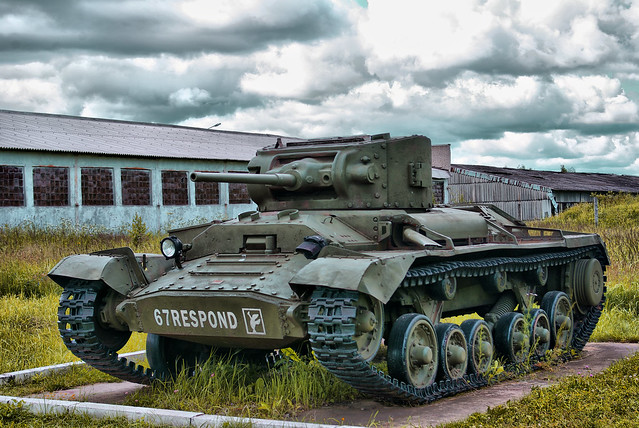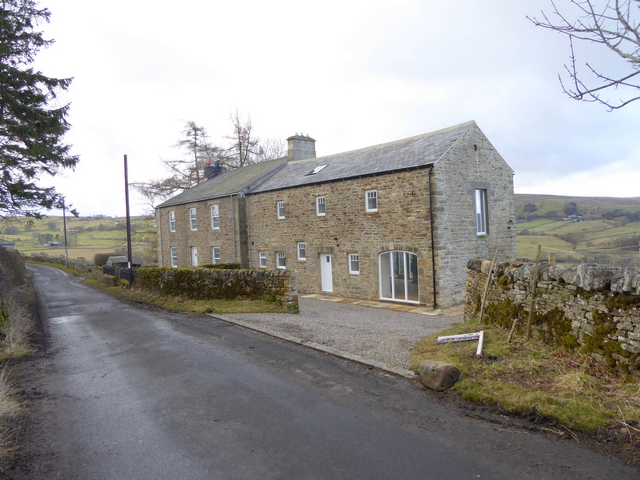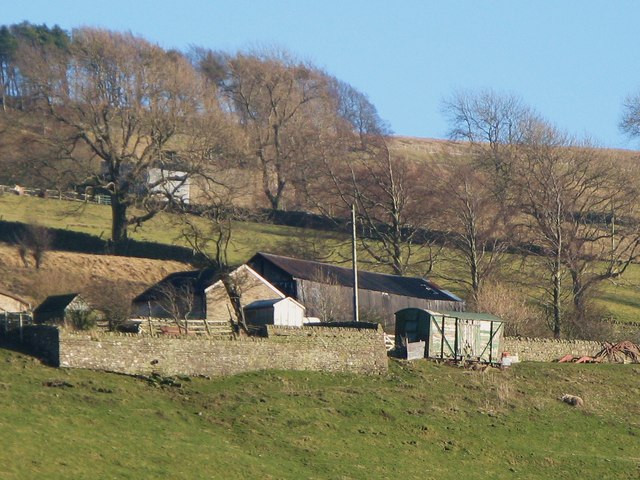Valentine Tank. 1940–44. Легкий английский танк "Валентайн"

-
Description
Moscow. Kubinka Tank Museum. Танковый музей в Кубинке. The Valentine was an infantry tank produced in the United Kingdom during the Second World War. Over 8,000 of the type were produced in 11 different marks plus various purpose-built variants, accounting for approximately a quarter of wartime British tank production[1]. Over its lifetime it went from a riveted construction to entirely welded, and from a petrol powerplant to a safer, less ignitable, two stroke diesel engine produced by GMC. It was supplied to the USSR and license built in Canada. Developed by Vickers, it proved to be both strong and reliable. Name Several versions exist concerning the source of the name Valentine. The most popular one says that the design was presented to the War Office on St. Valentine's Day, 14 February, 1940.[1] Some sources, however, claim that the exact date the design was submitted was 10 February. According to another version, the tank was called Valentine in honour of Sir John Valentine Carden, the man who led the development of the A10 and many other Vickers vehicles. Yet another version says that Valentine is an acronym for Vickers-Armstrong Ltd Elswick & (Newcastle-upon) Tyne. [edit] History Based on the A10 Cruiser tank, the Valentine was privately designed by Vickers-Armstrongs (hence its lack of a General Staff "A" designation) and was submitted to the War Office on February 10, 1938. The development team tried to combine the weight of a cruiser tank (so that suspension and transmission parts of the A10 could be used) with the greater armour of an infantry tank, which resulted in a very small vehicle with a cramped interior and two-man turret. Though its armour was still weaker than the Infantry Tank II Matilda and, due to a weaker engine, it shared the same top speed, the new design was much less expensive and easy to produce. The War Office was initially deterred by the size of the turret and the crew compartment.[clarification needed] However, concerned by the situation in Europe, it finally approved the design in April 1939. The vehicle reached trials in May 1940, which coincided with the loss of nearly all of Britain's equipment during the evacuation at Dunkirk. The trials were successful and the vehicle was rushed into production as Infantry Tank III Valentine. The Valentine remained in production until April 1944, becoming Britain's most produced tank during the war with 6,855 units manufactured in the UK (by Vickers, Metropolitan-Cammell Carriage and Wagon and Birmingham Railway Carriage and Wagon) and further 1,420 in Canada. They were the Commonwealth's main export to the Soviet Union under the Lend-lease Act, with 2,394 of the British models being sent and 1,388 of the Canadian Pacific built models, and the remaining 30 being kept for training. [edit] Combat history The tank first saw combat during Operation Crusader in the North African desert, at which point it began to replace the Matilda. It was extensively used in the North African Campaign, earning a reputation as a reliable and well protected vehicle. However, the Valentine shared the common weakness of the British tanks of the period - its 2-pdr gun lacked high-explosive capability and soon became outdated as an anti-tank weapon too. The small size of the turret and of the turret ring made upgunning of the tank a difficult task. Although versions with the 6-pdr and then with the Ordnance QF 75 mm gun were developed, by the time they were available in significant numbers better tanks already reached the battlefield. Another weakness was small crew compartment and two-man turret. A larger turret with a loader position added was used in some of the 2-pdr armed versions, but in the upgunned variants the position had to be removed again. British tanks and crews line up on Tripoli's waterfront after capturing the city, 1942.By 1944, in the European Theatre the Valentine was almost completely replaced in the frontline units by the Infantry Tank IV Churchill and the US-made Sherman. In the Pacific the tank was employed in limited numbers at least until May 1945. It was used in New Zealand service, some with the main armament replaced by the 3 inch howitzer taken from Australian Matilda CS tanks.[citation needed], on the Solomons in 1943. In Soviet service, the Valentine was used from the Battle of Moscow until the end of the war. Although criticized for its speed and its weak gun, the Valentine was liked due to its small size, reliability and generally good armour protection. [edit] Surviving tanks Tank no 838 at the Canadian War MuseumTwo Canadian-built Valentines survive. Valentine Tank Mk VIIA, no. 838, built May 1943, was a Lend-Lease tank shipped to the Soviet Union. It fell through the ice of a boggy river near Telepino (Telepyne, Ukraine), during a Soviet counter-offensive on January 25, 1944. In 1990, a 74-year old villager helped locate the tank, and it was recovered and offered as a Glasnost-era gift to Canada. It was presented to the Canadian War Museum by independent Ukraine in 1992, and stands on display in the LeBreton Gallery.[2] At least one Valentine exists in around 10 metres of water in Bracklesham Bay, south of Chichester in West Sussex. The hull and turret are clearly recognizable as it sits on a gravel mound. The remains of the tank used to be regularly dived by various diving clubs in the area. There are also two Valentine DD tanks 3.5 miles (5.6 km) out of Poole Bay in Dorset. These tanks are 100 metres apart under 15 metres of water. They were part of the amphibious experiments during World War II to enable them to be launched into the water farther from the beach.[3] There are also believed to be another five tanks sunk in the same area, and divers from the Isle of Purbeck Sub Aqua Club are involved in an ongoing search to find their location.[citation needed] The remains of a Valentine Mk V (NZ20767), operated by the Waikato Armoured Regiment at Waiouru in the late 1950s, are now in a children's playground in Ohakune, New Zealand.[4] A further Valentine is in running order at MOTAT in Western Springs, Auckland, New Zealand. Valentines are displayed at Bovington Tank Museum and Imperial War Museum Duxford in the UK; Brussels Tank Museum, Belgium; Musée des Blindés, Saumur, France; Kubinka Tank Museum, Russia; National Museum of Military History, Johannesburg, South Africa; Armoured Corps Museum, Ahmednagar, India and Virginia Museum of Military Vehicles, USA. Further Valentines are held in private collections [5]. Service history In service 1940–45 Used by British Army, Red Army Wars Second World War Production history Designer Vickers-Armstrongs Designed 1938 Manufacturer Vickers-Armstrongs and others Produced 1940–44 Number built 7,300 Specifications Weight about 16 long tons (16-17 tonnes) Length hull: 17 feet 9 inches (5.4 m) Width 8 feet 8 inches (2.6 m) Height 7 feet 6 inches (2.3 m) Crew Mk I,II, IV, VI - XI: 3 (Commander, gunner, driver) Mk III, V: 4 (+ loader) -------------------------------------------------------------------------------- Armour 8-65 mm Primary armament Mk I-VII: QF 2-pounder Mk VIII-X: QF 6-pounder Mk XI: QF 75 mm Secondary armament Mk I-VII, X, XI: 7.92 mm BESA machine gun Engine Mk I: AEC A189 petrol Mk II, III, VI: AEC A190 diesel Mk IV, V, VII-XI: GMC 6004 diesel 131–210 hp (97–157 kW) Suspension coil sprung three-wheel bogies Operational range 90 miles (140 km) Speed 15 miles per hour (24 km/h) http://en.wikipedia.org/wiki/Valentine_tank" >en.wikipedia.org/wiki/Valentine_tank -
Owner
Peer.Gynt -
Source
Flickr (Flickr) -
License
What does this mean? Attribution-NonCommercial-ShareAlike License
-
Further information
Link: https://www.flickr.com/photos/25554263@N04/3966916040/
Resource type: Image
Added by: Simon Cotterill
Last modified: 8 years, 5 months ago
Viewed: 1888 times
Picture Taken: Unknown -
Co-Curate tags









